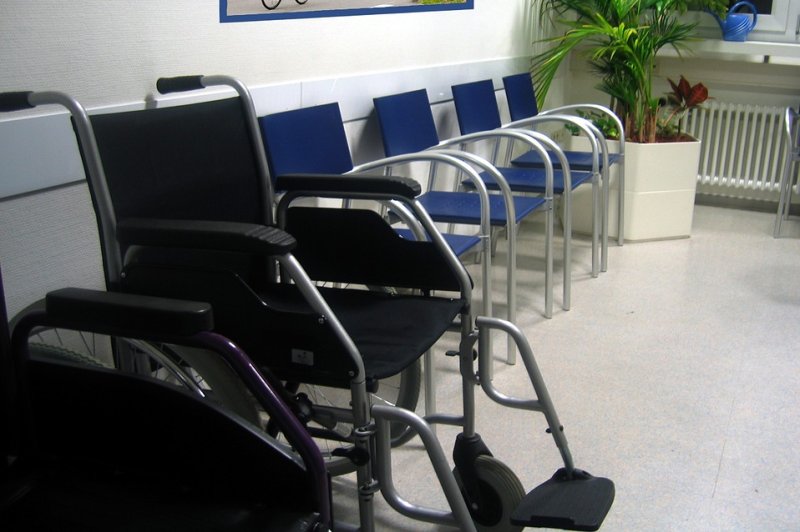Americans skipped key healthcare services during the height of the first wave of the COVID-19 pandemic, and telemedicine has not made up the gap, a new study has found. File Photo by Max Pixel
Nov. 5 (UPI) -- U.S. residents with private insurance sought fewer diagnostic tests and skipped or postponed elective surgeries in March and April compared with the same months in 2018 and 2019, a study published Thursday by JAMA Network Open found.
The number of colonoscopies and mammograms performed across the country, for example, dropped by more than 90% in April compared with that month last year.
The height of the first wave of the COVID-19 pandemic in the United States came in March and April, and resulting lockdowns led to delays in non-emergency medical procedures and visits, the study showed.
Meanwhile, use of telemedicine increased by 4,000% in April 2020 compared with 2019 -- but not enough to compensate for the in-person care decrease, suggesting that many healthcare needs are not being addressed, researchers said.
"The COVID-19 pandemic has upended care patterns for many patients and providers [and] created an unprecedented shock to the U.S. healthcare system," study co-author Christopher M. Whaley told UPI.
As a result, "we find that in the initial months of the pandemic, there were drastic reductions in the use of preventive and elective care," said Whaley, a policy researcher with the RAND Corporation.
For this study, Whaley and his colleagues analyzed data from 5.6 million, 6.4 million and 6.8 million U.S. adults with employer-sponsored insurance in 2018, 2019 and 2020, respectively. They focused on healthcare services used in March and April in each year.
Among study participants, the number of colonoscopies declined by 44% from March 2019 to March of this year and by 93% from April 2019 compared with the same months this year, the data showed.
Privately insured adults had 42% fewer mammograms in March, compared with the same month last year, and 90% fewer in April compared with April 2019.
Those with private insurance had 91% fewer cataract procedures in April, compared to the same month in 2018 and 2019.
Comparing April 2019 to April of this year, the number of hemoglobin A1C tests -- a primary method of testing for diabetes -- fell by 69%.
Magnetic resonance imaging scans also dropped by 63%, while routine vaccinations declined by 23% and hemotherapy treatments and angioplasty procedures decreased by just over 7% and 33%, respectively.
In-person office visits to healthcare providers declined by 25% in March compared with the same month in 2019, and by 68% in April compared with a year ago, the data showed.
While the increase in telemedicine use has not offset the diagnostic testing and other declines, behavioral healthcare, which does not rely on physical exams, "is uniquely suited" to this approach, the researchers said.
"But this increase only offset about 40% of the reduction in in-person clinician visits," Whaley said. "Ensuring patients receive missed care is important and requires collaboration from researchers, providers, payers and technology companies."















